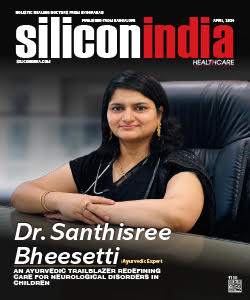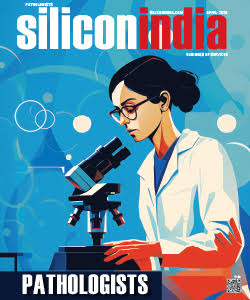Ultraviolet Light Mutation Drives Skin Cancers
WASHINGTON: A genetic mutation caused by ultraviolet light is likely the driving force behind millions of human skin cancers, a new Stanford study has found.
The mutation occurs in a gene called KNSTRN, which is involved in helping cells divide their DNA equally during cell division.
Genes that cause cancer when mutated are known as oncogenes. Although KNSTRN hasn't been previously implicated as a cause of human cancers, the research suggests it may be one of the most commonly mutated oncogenes in the world.
"This previously unknown oncogene is activated by sunlight and drives the development of cutaneous squamous cell carcinomas," said Paul Khavari, the Carl J Herzog Professor in
Dermatology in the Stanford University School of Medicine and chair of the Department of Dermatology.
"Our research shows that skin cancers arise differently from other cancers, and that a single mutation can cause genomic catastrophe," said Khavari.
The researchers found that a particular region of KNSTRN is mutated in about 20 per cent of cutaneous squamous cell carcinomas and in about 5 per cent of melanomas.
Lead author Carolyn Lee and Khavari made the discovery while investigating the genetic causes of cutaneous squamous cell carcinoma.
They compared the DNA sequences of genes from the tumour cells with those of normal skin and looked for mutations that occurred only in the tumours.
They found 336 candidate genes for further study, including some familiar culprits. The top two most commonly mutated genes were CDKN2A and TP53, which were already known to be associated with squamous cell carcinoma.
The third most commonly mutated gene, KNSTRN, was a surprise. It encodes a protein that helps to form the kinetochore - a structure that serves as a kind of handle used to pull pairs of newly replicated chromosomes to either end of the cell during cell division.
Sequestering the DNA at either end of the cell allows the cell to split along the middle to form two daughter cells, each with the proper complement of chromosomes.
If the chromosomes don't separate correctly, the daughter cells will have abnormal amounts of DNA. These cells with extra or missing chromosomes are known as aneuploid, and they are often severely dysfunctional.
They tend to misread cellular cues and to behave erratically. Aneuploidy is a critical early step toward the development of many types of cancer.
The researchers found the UV-induced KNSTRN mutation in about 20 per cent of actinic keratoses — a premalignant skin condition that often progresses to squamous cell carcinoma — but never in 122 samples of normal skin, indicating the mutation is likely to be an early event in the development of squamous cell carcinomas.
The research was published in the journal Nature Genetics.
Read Also: 5 Minute Walk Every Office Hour Good For Your Heart



